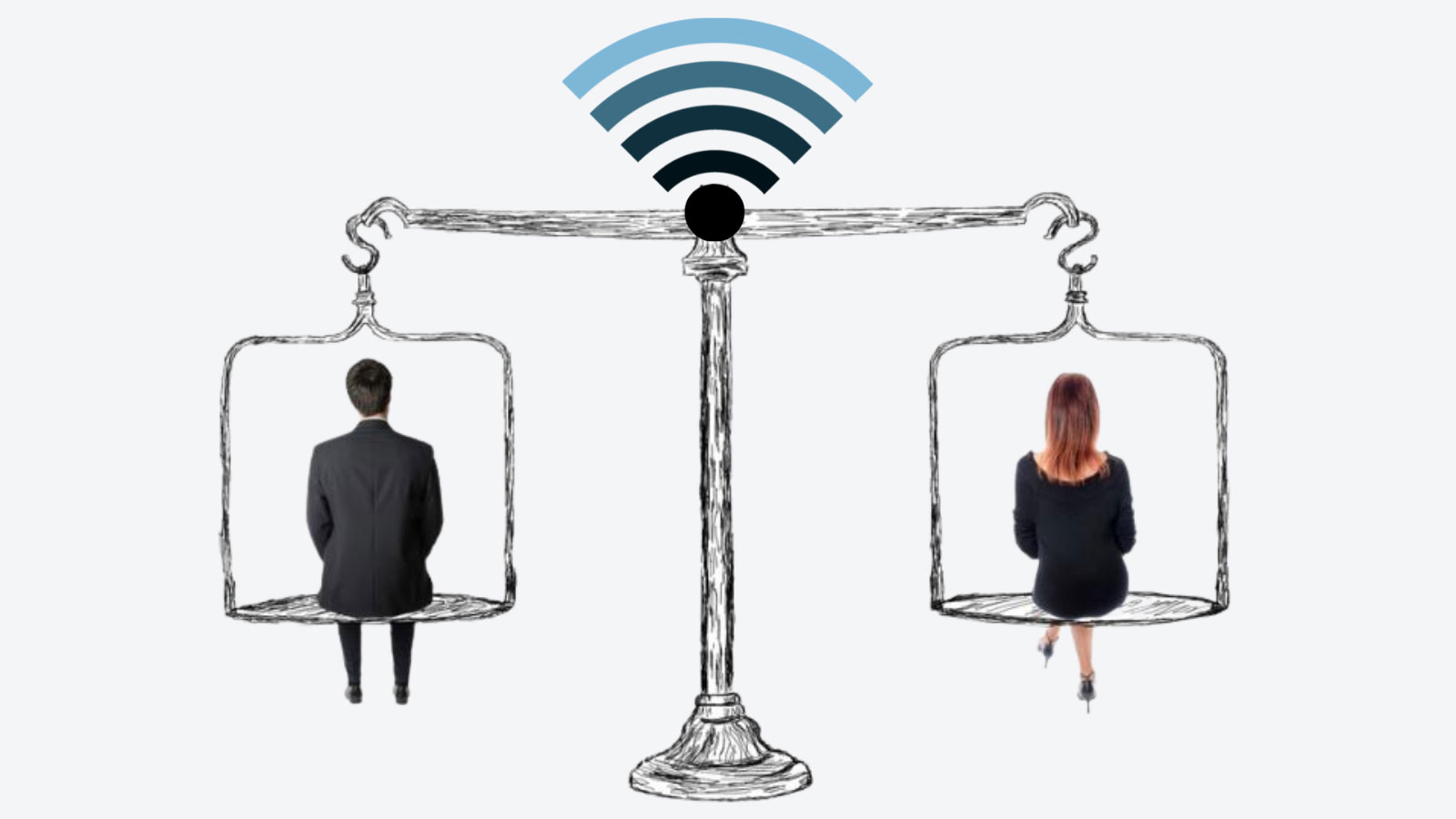As technological disruptions unfold every moment, one of the major concerns is for women, especially regarding the future of work. Digitalisation has the potential to create new opportunities and open a plethora of doors to grow personally and professionally. For women, digitalisation is exacerbating existing inequalities due to the digital divide. The removal of discriminatory barriers is a must for changing the social perceptions about gender and bridging the gap in access to digital tools and skills. When it comes to the digital divide, gender plays in several ways and dimensions. It’s not a mystery that digital spaces are predominantly male-dominated. This is because digital spaces pose several threats such as cybercrime, harassment, abuse, etc., which have real-life consequences. Hence, women’s online participation is interrupted as they constantly face massive disadvantages.
Economic prosperity and technological advancement are inextricably connected. The epidemic has revolutionised working practices more than ever before, creating opportunities but simultaneously posing threats. The promise of economic growth may lead to increased efficiencies and raise questions about the impact of work and implications for women. Technology by itself is not empowering and requires an inclusive and multidimensional approach to empower the beneficiaries. Broader policies and interventions must be created and implemented in such a way that they shape digital justice and pave the path for an inclusive digital economy. There will be a long-term impact on several sectors concerning women’s labour force. Women’s meaningful access to technology can empower them to step up in the digital economy and realise their full potential and participation in the future of work. Technology and innovation are at the core of development and have been neglecting a major chunk of the population.
Digital divide and gaps end up leaving behind women out of the economy. While designing cutting-edge technologies, human-centeredness should be kept at the centre to empower all the beneficiaries. Gender disaggregated data approach can throw light upon evidence-based research and designing of appropriate interventions. Digital justice is the ability to gain access and the agency to work towards social justice. Emerging technologies come with new problems such as alienation, exploitation, cybercrimes, etc. Along with the matter of haves and have-nots, it also adds to the need of constantly re-educating and regulating. There are several layers to the digital divide from access to participation. One such important layer is the class divide within the digital divide, which contributes to the systemic exclusion of the marginalised from digital spaces.
As we peel the layers of class, the layer of gender emerges, which plays a significant influence in the digital gap. The amount of time women spend online also tends to get interrupted by the unpaid-care work they perform. The gendered digital divide in India starts at a very young age, and girls are less likely to own a phone and depend on their male counterparts. When considering the future of (digital) labour, it’s critical to consider the perspectives of the marginalised. It aids in the mitigation of hazards and the reduction of inequities in the future workplace. Women experience several disadvantages due to intrinsic social norms and gender-based norms that affect the labour market.
Occupation segregation has been a long lying issue and has affected the prospects of careers for women. In recent years, the degree of marginalisation has reached the digital space. Thereby, intersectional feminist strategy is an essential tool to address women’s structural marginalisation and under-representation. A nuanced analysis based on lived experiences can help us design more equitable digital spaces. Technologies can offer increased precision, efficiency, and economic growth for all. They have proven to mobilise people around the world and enable everyone to take part in digital life. Technological solutions must consider structural issues and adopt stronger issues to eliminate them.
References
Goelnitz, L. (2020). “Digital justice for the next billion users” Retrieved from https://asia.fes.de/news/digital-justice-for-the-next-billion-users
Goelnitz, L. (2019). “Exploring women’s meaningful access and participation in the digital economy” Retrieved from http://web.archive.org/web/20211029112352/https://asia.fes.de/news/exploring-womens-meaningful-access-and-participation-in-the-digital-economy/
Asia-Pacific Economic Cooperation (APEC) (2019). APEC economies agree on principles and actions to support women in science, technology, engineering, and mathematics: Asia-Pacific Economic Cooperation Policy Partnership for Science, Technology and Innovation.
Retrieved from Releases/2019/1015_PPSTI%20.
Pan, Wenxuan. (2018).“The Multiple Impacts of the Development of Artificial Intelligence Technology on Employment and Countermeasures.” Huxiang Forum
Zhou, Xiaomeng. (2018). “The Influence of the Economic Status and Education Level on Urban Family’s Fertility Willingness.” Population and Economics
Song, Jin, Terry Sicular and Bjorn Gustafsson. (2017). “China’s Urban Gender Wage Gap: A New Direction?” CHCP Working Paper 2017-23. Centre for Human Capital and Productivity, Department of Economics, University of Western Ontario, London, ON
Zhu, Qiaoling, and Min Li. (2017). “The Development of Artificial Intelligence and the Change Trend of Future Labor Force Structure: Theory, Evidence and Strategy.” Reformation and Strategy.
Dasgupta, Sukti, Matsumoto Makiko and Xia Cuntao. (2015). “Women in the Labour Market in China.” ILO Asia-Pacific Working Paper Series. International Labour Organization, Bangkok
Crenshaw, K. (1990). “Mapping the margins: intersectionality, identity politics, and violence against women of colour”. Stanford Law Review, vol. 43, n. 6, pp. 1241–1299.
Garima Gujral is affiliated to Tata Institute of Social Sciences, Mumbai. She is currently serving as a Taxonomist and has strong interests in gender, knowledge management and governance. She has been associated with a diverse range of organisations including the Ministry of Women and Child Development (Government of India), Illumine Knowledge Resources, Indian Institute of Public Administration, Breakthrough India.





